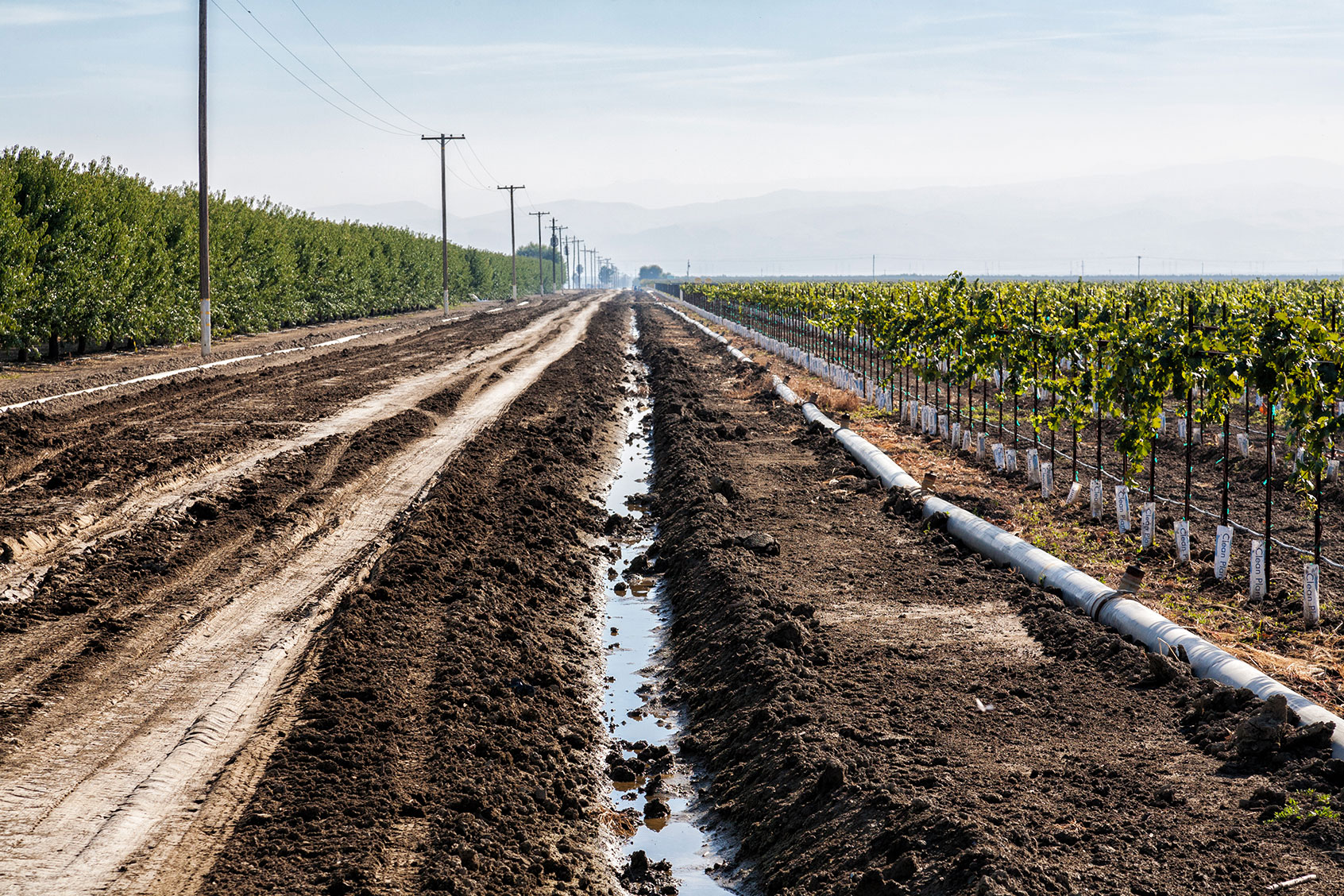A recent study in the journal Science analyzed dozens of Chinese cities, revealing that they're slowly sinking. This phenomenon of the Earth's surface literally being pushed down — technically known as land subsidence — is not limited to the tens of millions who will be impacted in China. From California to Greece, human activity is making the land under our feet more prone to subsiding than ever.
"Our results underscore the necessity of enhancing protective measures to mitigate potential damages from subsidence."
The researchers behind the new paper, which was published in the journal Science, help illustrate this point. Using satellite observations taken from 2015 to 2022, the scientists analyzed land subsidence in 82 metropolises and found that 40% of the land is currently undergoing moderate to severe subsidence. This puts roughly one-third of China's entire urban population at significant risk of flooding.
"By 2120, 22 to 26% of China’s coastal lands will have a relative elevation lower than sea level, hosting 9 to 11% of the coastal population, because of the combined effect of city subsidence and sea-level rise," the authors predict.
In the supplementary materials accompanying the study, the authors acknowledge that their research has limitations. In particular, they acknowledged that all digital elevation models like the one they constructed for their research "inherently come with uncertainties." Nevertheless, the researchers were confident in asserting that 45% of the lands they examined are subsiding at a rate of faster than 3 millimeters per year (impacting 29% of the Chinese population), while 16% are subsiding at a rate of faster than 10 millimeters per year (impacting 7% of the Chinese population).
While that may not sound like much, Robert Nicholls, a subsidence expert at the University of East Anglia in England who was not involved in the study, told NPR that "this is a big problem. The scale is large. Without doubt, it brings home that this is not a local problem. This is a national, or even international, problem."
In his own recent study for the journal Nature on U.S. land subsidence, Nicholls analyzed 32 major US coastal cities and learned that — even when coastal defense structures were take into consideration — anywhere from 1,006 to 1,389 square kilometers of land is at risk by 2050 of subsiding and then flooding due to sea level rise. This will pose a threat to between 31,000 and 171,000 properties, impacting from 55,000 to 273,000 people.
Local authorities are starting to take notice. Earlier this month in California, state water officials put a farming region known as the Tulare Lake groundwater sub basin on "probation" to curb excess water use. Farmers over-pumping water caused land in the region to collapse faster than almost anywhere else in the country, although California's entire agriculture sector is at risk because of widespread land subsiding all over the state.
Yet if sinking land is one hardship, the alternative — expensive water fees to discourage overuse— can also be tough for farmers. And we do, after all, rely on them for food. One third-generation farmer with 700 acres in the basin described the situation as "dire," telling The Guardian that "I believe thousands of family farms and people who depend on groundwater will be displaced and homeless if we don’t take action on these excessive costs."
Want more health and science stories in your inbox? Subscribe to Salon's weekly newsletter Lab Notes.
"By 2120, 22 to 26% of China’s coastal lands will have a relative elevation lower than sea level… because of the combined effect of city subsidence and sea-level rise."
Across the Atlantic, Greece is also experiencing problems with land subsidence. In a 2023 study for the journal Remote Sensing, researchers found that the coastal cities of Messolonghi and Aitolikon suffered worsened flooding due to sea level rise and increased precipitation, with each municipality being more vulnerable because they were built on top of old stream deposits near the coast. In the case of both those cities and others that are built near coasts on comparatively flimsy foundations, the authors write that "the situation is expected to worsen over the next few years, considering the combined effect of the gradual subsidence of the sites and the intensification of the meteorological phenomena caused by climate change."
There are two possible solutions to the land subsidence problem. One method is aquifer recharge, which involves cities pumping water back into the ground to replenish that which has been depleted by overuse. When this was done in the Colorado River valley, land subsidence rates slowed by 50 percent to 75 percent in some areas.
We need your help to stay independent
“I’ve been working on land subsidence for a long time and we don’t really get too many good-news stories that we get to tell, but Coachella Valley is one of them,” Michelle Sneed, a hydrologist at the U.S. Geological Survey, told The Washington Post. “The water district there has just been really proactive in water management and land subsidence.”
Another option is deep soil mixing, in which soil is mechanically blended using a cementitious binder or other stabilizing agents. This can be done through either a so-called "dry" process or a so-called "wet" process, but the underlying concept in terms of land subsiding is straightforward: Much of aquifer recharge involved putting water back in the ground to replace what is being depleted, so too does deep soil mixing involve putting soil in the ground to replace what has been lost.
Regardless of what solutions are implemented, the recent series of studies about land subsidence make it clear that human activity is going to continue making highly populated lands uninhabitable unless regulations are put in place.
"Our results underscore the necessity of enhancing protective measures to mitigate potential damages from subsidence," the authors of the Science study write.
Read more
about groundwater


